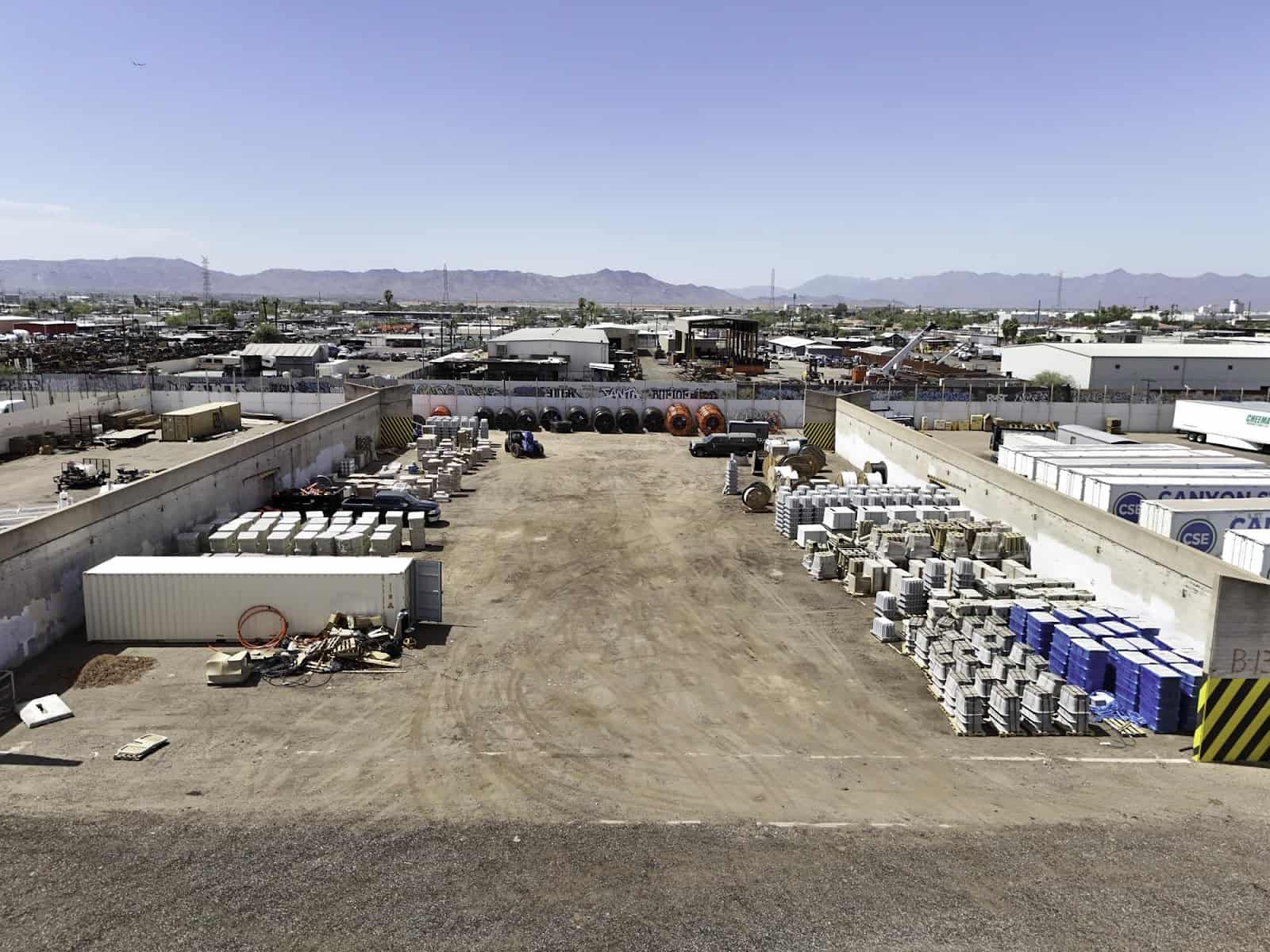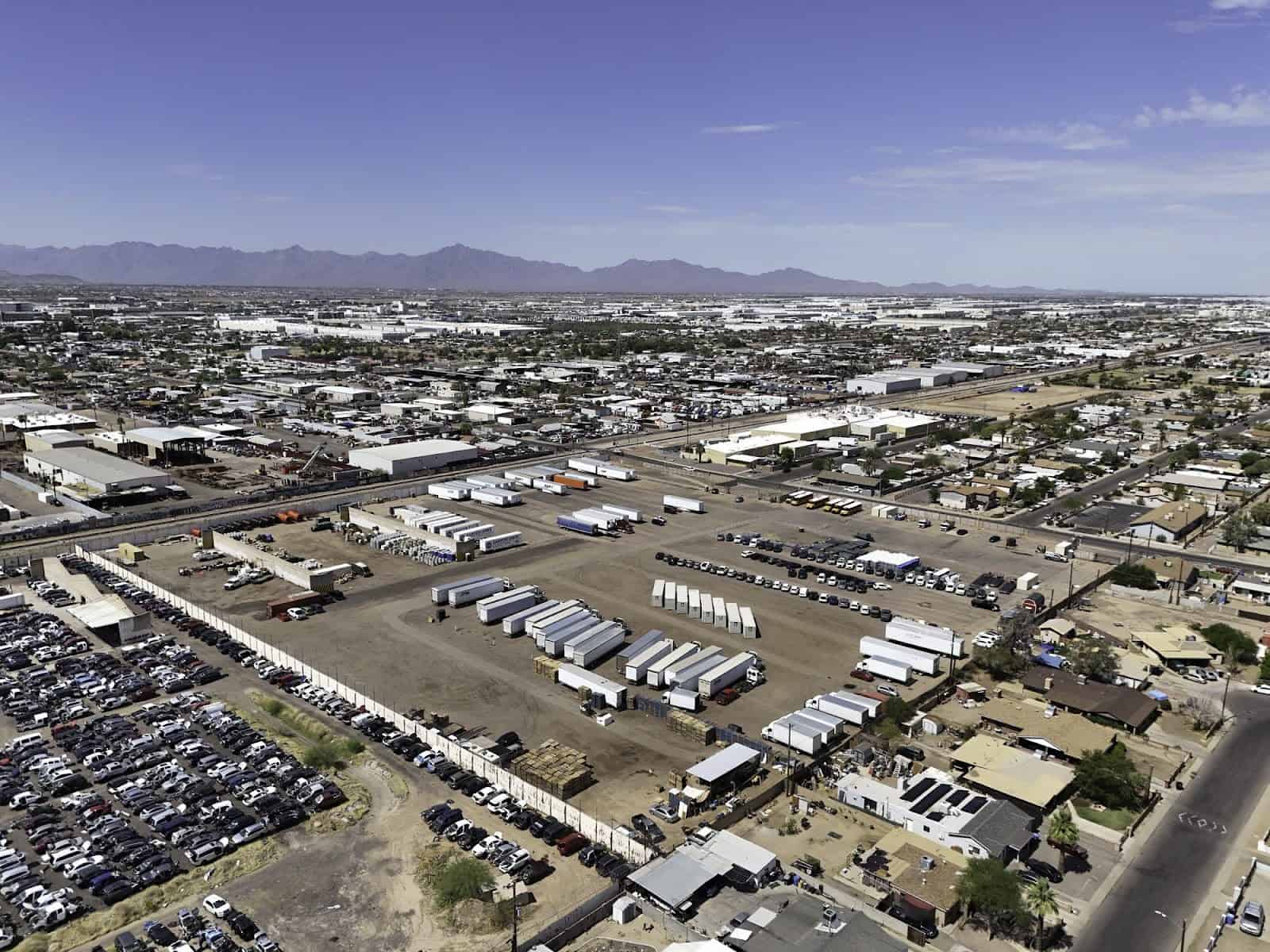Across the United States, the shortage of truck parking has become a well-documented challenge within the freight and logistics industry. Drivers often find themselves spending hours searching for safe, legal spots to rest—wasting time, fuel, and valuable service hours. But this widespread issue has quietly created a promising opportunity for landowners.
With thoughtful planning and the right location, underutilized property can be transformed into a profitable asset by meeting the demand for commercial truck parking. Whether in rural corridors or near industrial zones, truck parking infrastructure has emerged as a viable and growing segment of real estate parking investment.
Here’s what property owners should understand before diving into this increasingly sought-after opportunity.
Truck Parking: A Market with Growing Demand and Limited Supply
The imbalance between truck drivers on the road and available truck parking spaces continues to widen. Federal regulations limiting drive time have increased the urgency for drivers to stop and rest—but with little expansion of infrastructure to accommodate them, it’s created a supply chain bottleneck that few outside the industry see.
With more freight on the move than ever before and last-mile delivery hubs expanding, the demand for secure parking—especially near major highways, ports, and urban centers—shows no signs of slowing. This gap has positioned private landowners as potential solution providers for what has become a national infrastructure shortfall.
For those with appropriately zoned land in or near logistics corridors, there’s an opportunity to contribute to the solution while generating consistent income.
Evaluating a Property’s Potential for Truck Parking
Not every parcel is ready-made for development into semi-truck parking lots, but several key traits can determine its viability. One of the most important factors is proximity to freight corridors or distribution zones. Sites located within a few miles of interstate exits, port terminals, or industrial parks tend to perform best.
However, zoning and permitting often present the biggest hurdles. Many municipalities require land used for commercial truck parking to be classified under industrial or commercial zones. Depending on the jurisdiction, a conditional use permit or environmental assessment may also be needed.
Access plays a big role too. A site that is difficult to enter with a 53-foot trailer or lacks turnaround space may be less attractive to operators. Proper ingress/egress design, durable surfaces, and drainage also matter—especially in regions prone to seasonal weather extremes.
Profit Potential: Turning Parking Into Passive Income
What makes truck parking particularly attractive to investors and landowners is its low overhead and recurring revenue potential. With relatively modest improvements—such as grading, gravel, security lighting, and fencing—a basic lot can start generating income.
Some owners opt to lease space directly to transportation companies, while others prefer flexible models that allow drivers to book parking by the day or hour. Mobile apps and freight platforms increasingly offer integration tools that help lot owners list availability and automate bookings.
This adaptability makes truck parking appealing as a form of real estate parking investment—it requires fewer operational demands than tenant-based models and offers a high return in markets where parking is scarce.
Operational and Design Considerations
For those considering the leap into truck parking development, basic functionality is critical. Unlike passenger vehicles, trucks need wide turning radiuses, heavy-duty surfaces, and safe maneuvering zones. A site designed with these needs in mind will attract more users and command better rates.
Security is also a major concern for both fleet operators and independent drivers. Well-lit semi-truck parking lots with perimeter fencing, camera surveillance, and controlled access points are considered essential. In some regions, adding basic amenities—such as portable restrooms or trash receptacles—can further increase usability and appeal.
To minimize daily oversight, many lot owners partner with third-party operators or use automated gate and billing systems to streamline operations. While a high-tech solution isn’t mandatory, efficiency and safety often determine whether a site becomes a go-to location for drivers.
Investing in a Growing Niche Market

Compared to traditional real estate development, truck parking carries a unique set of advantages. It involves lower buildout costs, fewer tenant issues, and ongoing demand from a core segment of the economy. Especially for properties that may not suit retail, residential, or warehouse development, truck parking can provide a practical and profitable alternative.
As part of a long-term diversification strategy, this type of real estate parking investment offers a compelling combination of low vacancy, passive income, and positive market outlook. With the trucking sector continuing to expand and urban areas placing more restrictions on overnight truck presence, well-located parking lots will likely remain in demand.
Final Thoughts: Landowners and the Logistics Infrastructure Gap
Commercial trucking doesn’t move without rest, and rest doesn’t happen without parking. As public infrastructure lags behind demand, private landowners are stepping in to meet the need. By repurposing underused property into functioning truck parking spaces, they’re contributing to national freight resilience—while unlocking a valuable revenue source.
For those with the right parcel and proper planning, commercial truck parking isn’t just a short-term trend—it’s a long-term investment in one of the economy’s most essential services.

